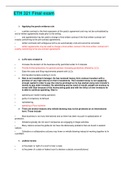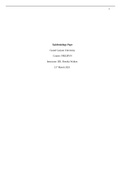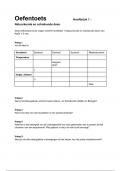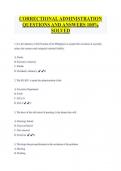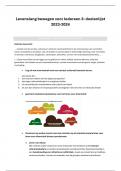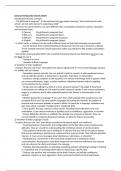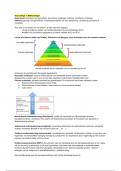Exam (elaborations)
DVA1501 EXAM SCOPE PLUS ANSWERS 100% PAST ASSIGNMENTS PLUS TEXTBOOK
- Course
- Institution
DVA1501 EXAM SCOPE PLUS ANSWERS 100% CORRECT DISTINCTION IN THE BAG! PAST YEAR ASSIGNMENTS AND TEXTBOOK INCLUDED! Section A: essay-type questions, focus on the following: Learning units 1 and 3 From this unit, you are required to know and understand: • the history of colonisation in Afri...
[Show more]




